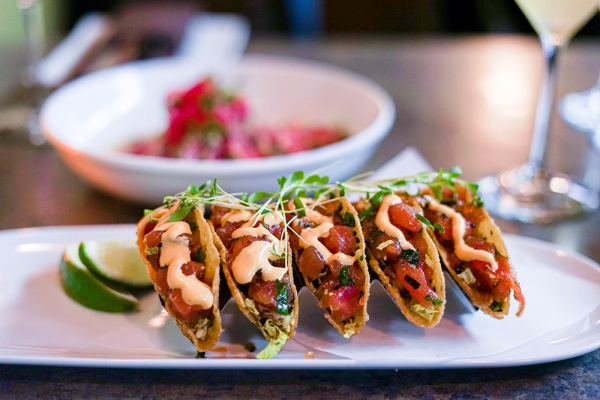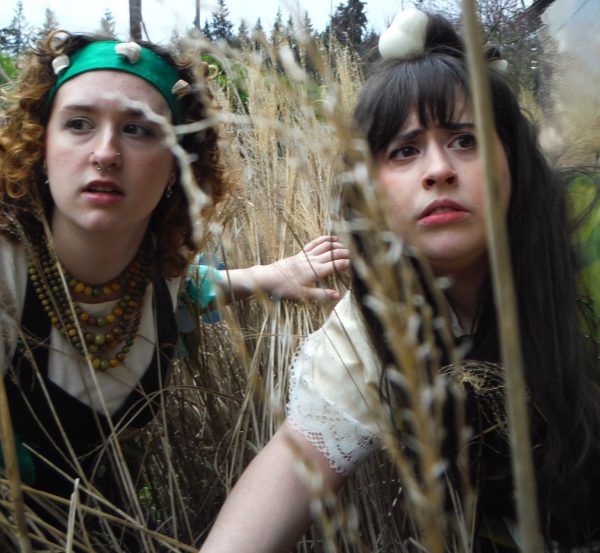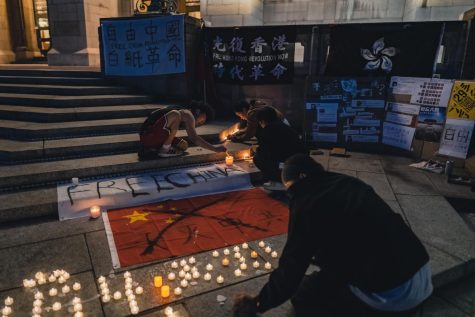EdCC Students Ring in the Lunar New Year
Many cultures celebrate Lunar New Year, called as such as it takes its timing from the moon. A difficulty involved in discussing Lunar New Year is the sheer amount of different traditions associated with the holiday. Many students at EdCC grew up celebrating the holiday. Many East Asian cultures celebrate a New Year holiday under different names – Spring Festival, Tết, Seollal, Tsagaan Sar, Losar – they all share some obvious unifying factors, like the time in which they’re celebrated (late January or early February, across several days) and the focus on family. But even within one country traditions may be vastly different.
There are public and private Lunar New Year festivals all over the world, but a lot of the Lunar New Year celebration happens at home. As a New Year holiday, the idea of a fresh clean start seems to be a dominant philosophy. Trúc Nguyen (also known as ‘T’) described all the things her family would do to prepare for the Vietnamese New Year holiday, Tết.
“It’s like a new start, so we need to clean all the dust,” Nguyen describes the before-celebration process. It includes two or three days (up to a week, if you have a big house) of cleaning before the Trúc celebration, along with “buying new stuff, and buying new clothes, and putting up new decorations”. After this week, there’s a tradition to minimize house cleaning time during the holiday. Nguyen remembers her mother saying she doesn’t want to clean away the luck.
Lunar New Year, for many, is a time of reunion. The holiday creates incredible traffic all over East Asia, as everyone holds a family reunion at once. Lunar New Year is sometimes called the greatest annual migration of people, and it’s mostly people leaving the big cities for the rural countryside. Qixiang Duan, a Chinese student at Edmonds, writes that he considers the reunion aspect important because most of the year, family members are scattered in different places. He remembers lighting off firecrackers in his grandma’s yard in the countryside and smelling the smoke, and how nothing made him happier as a child.
Bright colors come to mind when thinking of Lunar New Year, though the use of red is mostly for China and Vietnam, as it is not as popular a color in Korean culture. “We usually use a lot of Chinese decorations,” Nguyen laughs. She also describes beautiful yellow flowers used to decorate in Vietnam. “Yellow is another important color for Lunar New Year because it symbolizes gold and money.” Nyguen says any bright colors are good and to avoid wearing dark ones. Korean people often wear colorful hanbok, traditional Korean clothes, while Chinese people primarily wear red.
Like in any holiday, food plays a vital role. Duan states that for the Chinese New Year there are many traditional dishes, but homemade dumplings are the essence of Chinese New Year food. When asked about food, Nguyen immediately mentions watermelon and green square sticky rice cakes. I was surprised about the watermelon, but she explained that watermelon is red on the inside, a lucky color, and the green rice cakes filled with meat and beans symbolizes the appreciation of the environment and the land’s support.
Older people might have red envelopes for the young ones. Red envelope traditions vary. South Korea notably does not use red colored envelopes, though money is still given during the holidays. Who receives the envelope, who eventually gets the money, and how much money is in them differs based on many factors, but it is usually someone with a steady income giving money to someone without one, most often adults to children. In some places, adult children give to elderly parents as thanks for raising them.
“Children love counting money from the red envelope” Nguyen says. The younger person receives a red envelope in exchange for wishing the older person good luck. “Usually they would keep the money for themselves, but some of them would give it to their mother. . . I always give my lucky money to my mother,” said Nguyen. Both Nguyen and Duan stated that their parents would often end up with the money in the end. Showing respect to elders in various ways is an important part of all Lunar New Year celebrations.
Lunar New Year is a ancient holiday with modern problems, like rising costs and changing roles. “There is something being debated a lot relating to a decision making problem,” writes Duan. “Which sides of family should they be going and spending New Year with.” Some women in China want to choose which family to visit during Lunar New Year, but there are many barriers, such as centuries of tradition and men’s pride. Nguyen thinks in the modern day, people are losing interest in Lunar New Year because people tend to be busier, and work takes priority over family.
Lunar New Year is one of the biggest holidays in the world, and this only covers a small portion of the traditions various cultures associate with Lunar New Year. For instance, in Korea, New Year also celebrates everyone’s birthday! The zodiac plays an important role in many traditions and decorations, and you can look up where your own birth year falls. While you can learn a lot about the holiday from the numerous books, articles and other media out there on the subject, the best way to learn about how people celebrate Lunar New Year is to talk to those who celebrate it.










